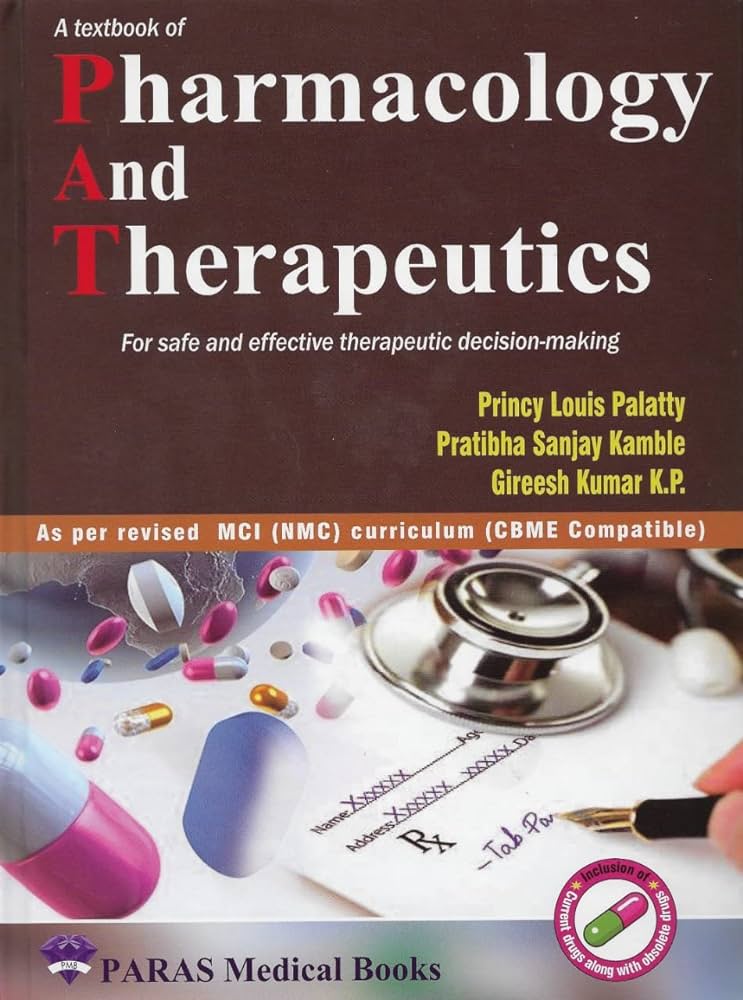Mass spectrometry-based absolute quantitative proteomics of drug-metabolizing enzymes in human liver
IF 12.5
1区 医学
Q1 PHARMACOLOGY & PHARMACY
引用次数: 0
Abstract
Mass spectrometry-based absolute quantitative proteomics has emerged as a powerful method for accurately quantifying hepatic drug-metabolizing enzymes, which play a crucial role in drug disposition and therapeutic outcomes. Understanding the absolute drug-metabolizing enzyme protein concentrations and the associated interindividual variability in the liver, a primary organ for drug metabolism, is essential for developing predictive models for personalized pharmacotherapy. Over the past few decades, the rapid advancement of mass spectrometry-based proteomics has enabled the application of various techniques to study drug-metabolizing enzymes, significantly enhancing our understanding of their isoform composition in the liver. However, a focused review on mass spectrometry-based absolute protein quantification of human hepatic drug-metabolizing enzymes remains lacking. This review introduces commonly used strategies in mass spectrometry-based absolute protein quantification and summarizes the absolute quantities of Phase I and Phase II hepatic drug-metabolizing enzymes. It also updates the isoform compositions of cytochrome P450s and uridine diphosphate glucuronosyltransferases and explores factors contributing to variability in quantifications across studies. Additionally, we discuss the genetic and non-genetic regulations of hepatic enzyme protein expressions, as revealed by mass-spectrometry based-proteomics. Despite its potential for clinical applications, MS-based proteomics faces challenges, such as sensitivity limitation, significant inter-study varibility, cellular heterogeneity, and a lack of integration with other omics data. Future advancements in mass spectrometry-based quantitative proteomics, including single-cell proteomics, multi-omics integration, and artificial intelligence-driven data analysis, hold promise for better understanding of drug metabolizing enzymes, improving predictions of drug responses, and optimizing therapeutic outcomes for patients.
基于质谱的人肝脏药物代谢酶绝对定量蛋白质组学研究。
基于质谱的绝对定量蛋白质组学已成为准确定量肝脏药物代谢酶的有力方法,在药物处置和治疗结果中起着至关重要的作用。了解肝脏(药物代谢的主要器官)中药物代谢酶蛋白的绝对浓度和相关的个体间差异,对于开发个性化药物治疗的预测模型至关重要。在过去的几十年里,基于质谱的蛋白质组学的快速发展使得各种技术应用于研究药物代谢酶,大大提高了我们对肝脏中药物代谢酶异构体组成的理解。然而,基于质谱法的人肝脏药物代谢酶绝对蛋白定量研究仍然缺乏重点综述。本文介绍了基于质谱法的蛋白质绝对定量的常用方法,并总结了I期和II期肝脏药物代谢酶的绝对数量。它还更新了细胞色素p450和尿苷二磷酸葡萄糖醛基转移酶的异构体组成,并探讨了导致不同研究中定量差异的因素。此外,我们讨论了肝酶蛋白表达的遗传和非遗传调控,如基于质谱的蛋白质组学所揭示的。尽管具有临床应用的潜力,但基于ms的蛋白质组学仍面临挑战,如敏感性限制、研究间的显著差异、细胞异质性以及缺乏与其他组学数据的整合。基于质谱的定量蛋白质组学的未来发展,包括单细胞蛋白质组学、多组学整合和人工智能驱动的数据分析,有望更好地理解药物代谢酶,改进药物反应的预测,并优化患者的治疗结果。
本文章由计算机程序翻译,如有差异,请以英文原文为准。
求助全文
约1分钟内获得全文
求助全文
来源期刊
CiteScore
23.00
自引率
0.70%
发文量
222
审稿时长
90 days
期刊介绍:
Pharmacology & Therapeutics, in its 20th year, delivers lucid, critical, and authoritative reviews on current pharmacological topics.Articles, commissioned by the editor, follow specific author instructions.This journal maintains its scientific excellence and ranks among the top 10 most cited journals in pharmacology.

 求助内容:
求助内容: 应助结果提醒方式:
应助结果提醒方式:


